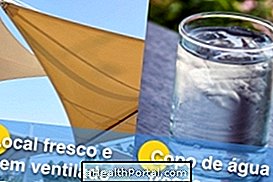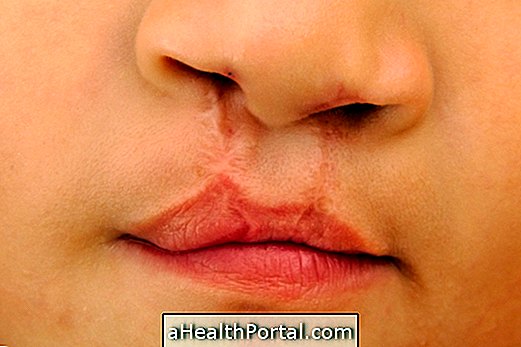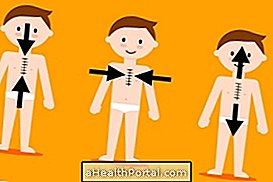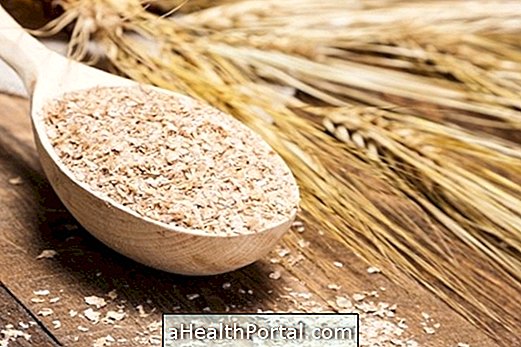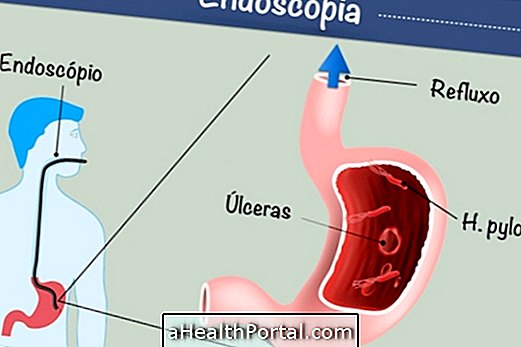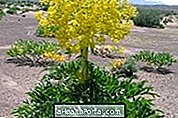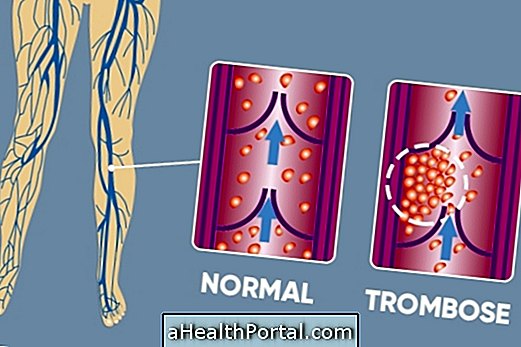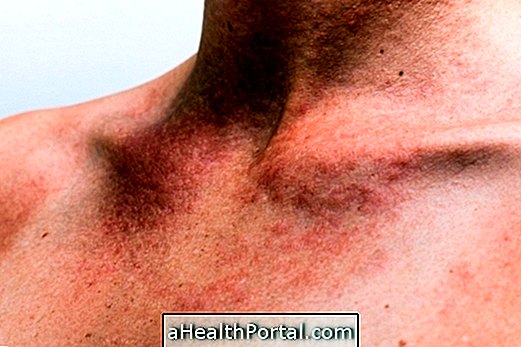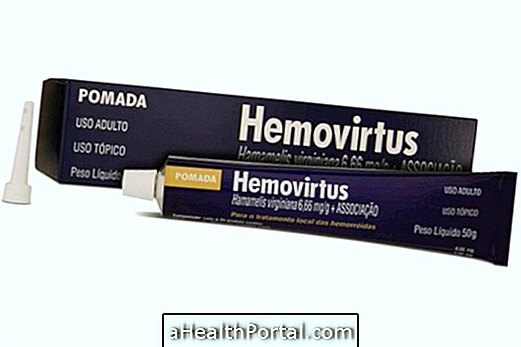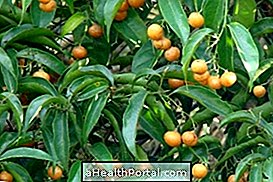The soil harbors microorganisms that can cause disease in humans, especially in children who have thinner skin, or people with weakened immunity, either through the use of immunosuppressive drugs, malnutrition or HIV infection, for example, protection of the least effective organism.
These diseases are mainly caused by worms, such as geographic critter or hookworm, for example, but may also be related to fungi or bacteria that can remain for a long time in the soil.
Although many diseases are transmitted by contaminated soil and are subject to pollution, we mention here some of the most common examples:
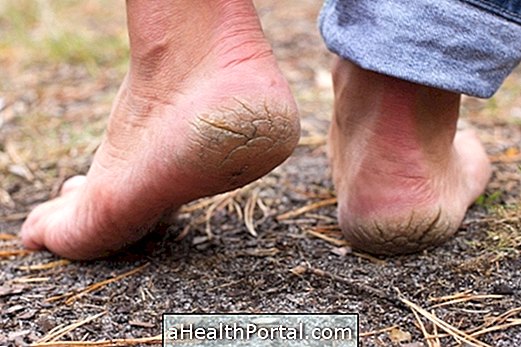
1. Larva migrans
Cutaneous larva migrans, also known as geographic critter, arises when the skin comes in contact with the soil that contains parasites of the genus Ancylostoma . This worm causes a reddened lesion as it penetrates the skin, and as it can not reach deeper layers, its course over the days is marked on the surface of the skin.
The treatment is doctor-directed with anti-parasitic medications. Check out how to identify and treat the geographic bug.
2. Hookworm
Also called yellowworms, Ancylostomiasis is a verminose caused by the parasites Ancylostoma duodenale and Necator americanus, whose larvae can remain and develop in soil until they penetrate through the skin of people who come in contact, especially when walking barefoot.
After passing the skin of the host, the parasite reaches the lymphatic or blood currents until reaching the lungs, reaching the respiratory tree and then swallowed along with the secretion. It then reaches the small intestine, where it turns into an adult worm.
The adult worm remains fixed on the wall of the intestine, where it sucks the blood a few times a day, and therefore causes anemia, hence the name yellow, since the person looks pale because of the loss of blood. Learn more about symptoms, treatment and how to prevent yellowing.
3. Ascariasis
Ascaridiasis is also known as roundworm, one of the world's best-known verminoses. The most common form of transmission of the parasite Ascaris lumbricoides is through the consumption of water and contaminated food, however, as this worm can be found in the soil, it can also infect children who play in the soil and carry the dirty hand or toys contaminated with the eggs from the worm to the mouth, which then reaches the digestive tract.
Ascaris lumbricoides eggs are resistant and can survive for many years in the soil, so to avoid disease it is important to always wash the food well, drink only filtered water and avoid carrying the hand or dirty objects directly to the mouth. Also check how to identify the symptoms and how is the treatment of ascariasis.
4. Tetanus
The transmission of tetanus occurs when the tetanus bacillus, called Clostridium tetani, enters the body through injury, cuts or skin burns. The toxin in this bacterium causes generalized muscle tension, which can lead to severe contractures and progressive muscle stiffness, which put life at serious risk.
Clostridium tetani lives on the ground, dust or feces of people or animals. Metal rust, such as nails or metal fences may also harbor this bacterium. Vaccination is the only effective way to prevent disease, however, wound care can also help, such as doing a thorough cleaning of the injury, preventing the spores from accumulating the bacteria in the damaged tissue. Learn more about how transmission occurs and how to prevent tetanus.

5. Tungiasis
Tungiasis is a parasitic disease more commonly known as a foot-bug, also known as a sand fly or a pig, caused by pregnant females of a species of flea, called Tunga penetrans, which habitually inhabit soil containing soil or sand.
It appears as one or more lesions, in the form of small lumps of dark brown color, which causes a lot of itching and, if ignited, can cause pain and redness on the spot. The treatment is done with the removal of the parasite at the health center with sterilized material and, in some cases, may be indicated as vermifuge.
This infection usually affects people who walk barefoot, so the main form of prevention is to prefer walking shoes, especially on sandy soils. See more on how to identify, prevent and treat the foot bug.
6. Sporotrichosis
Sporotrichosis is a disease caused by the fungus Sporotrhix spp, which inhabits nature and is present in places such as soil, plants, straw, thorns or wood. It is also known as a "gardener's disease" because it is common to affect these professionals as well as farmers and other workers who come in contact with contaminated soil and plants.
Generally, this infection reaches only the skin and subcutaneous tissue, where small lumps form on the skin, which can grow and form ulcers. However, in some cases, the fungus may spread to other parts of the body, especially if immunity is compromised, affecting bones, joints, lungs or the nervous system, for example. Check out more on how to identify and treat sporotrichosis.
7. Paracoccidioidomycosis
Paracoccidioidomycosis is an infection contracted when breathing due to inhalation of Paracoccidioides brasiliensis particles. This fungus lives in the soil of the plantations, so it is common to affect farmers, farmers or residents of rural areas, for example, since the person can inhale the fungus along with the dust of the earth.
This infection can affect various parts of the body, and usually causes signs and symptoms such as fever, weight loss, weakness, skin and mucosal damage, shortness of breath, or enlarged lymph nodes in the body. Understand better what it is and how to treat paracoccidioidomycosis.
In addition to paracoccidioidomycosis, other fungal diseases may be acquired by inhaling fungal particles, such as blastomycosis or coccidioidomycosis, for example. Learn all about coccidioidomycosis.
